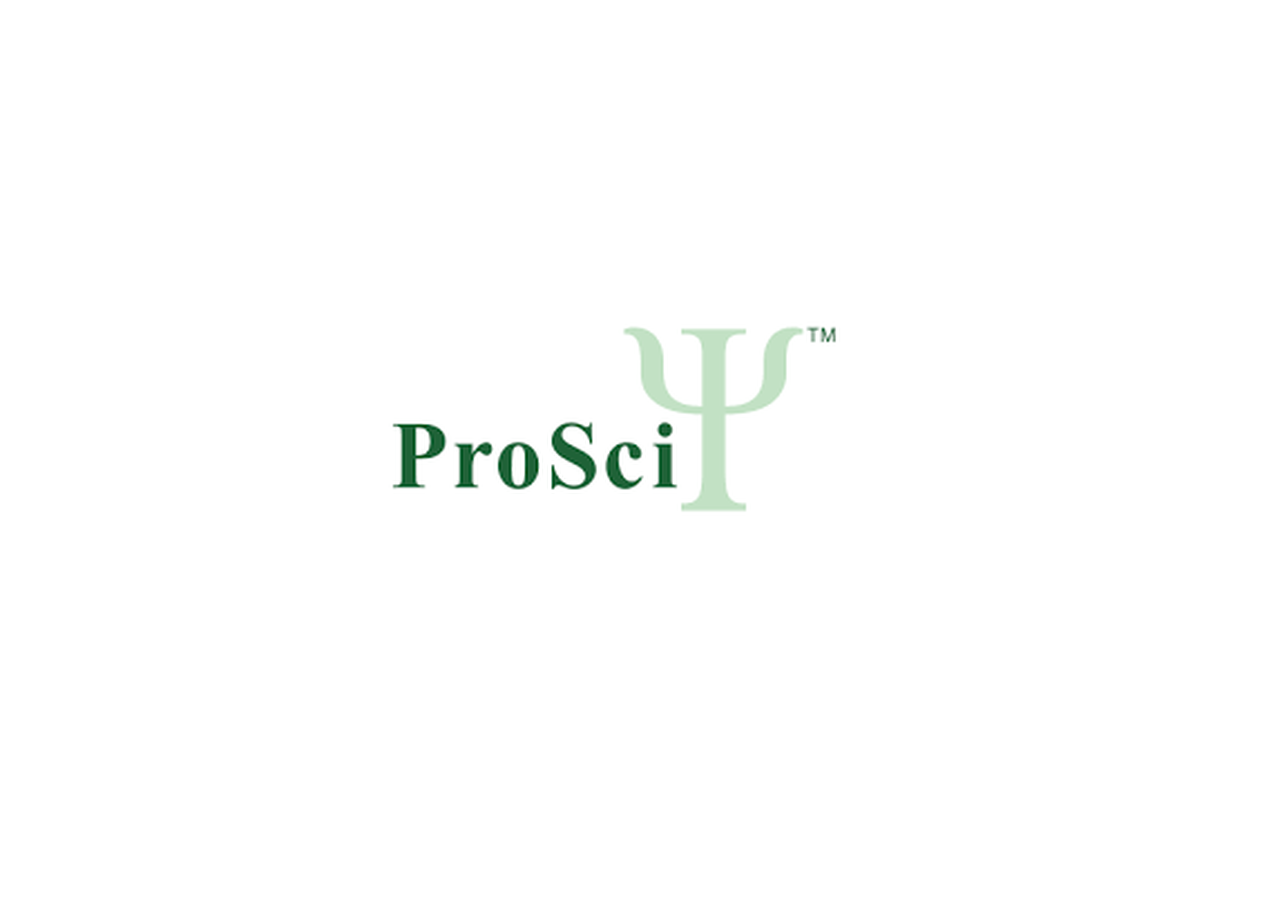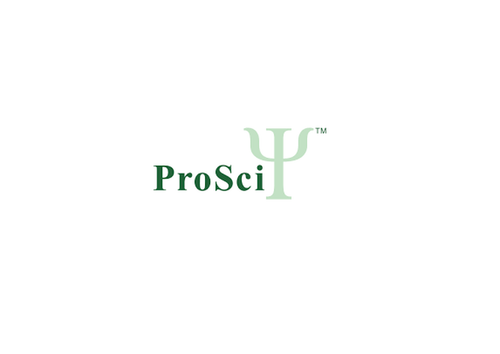Product Description
C4B Antibody | 57-400 | ProSci
Host: Rabbit
Reactivity: Human
Homology: N/A
Immunogen: This C4B antibody is generated from rabbits immunized with a KLH conjugated synthetic peptide between 655-684 amino acids from the Central region of human C4B.
Research Area: Immunology
Tested Application: WB
Application: For WB starting dilution is: 1:2000
Specificiy: N/A
Positive Control 1: N/A
Positive Control 2: N/A
Positive Control 3: N/A
Positive Control 4: N/A
Positive Control 5: N/A
Positive Control 6: N/A
Molecular Weight: 193 kDa
Validation: N/A
Isoform: N/A
Purification: This antibody is purified through a protein A column, followed by peptide affinity purification.
Clonality: Polyclonal
Clone: N/A
Isotype: Rabbit Ig
Conjugate: Unconjugated
Physical State: Liquid
Buffer: Supplied in PBS with 0.09% (W/V) sodium azide.
Concentration: batch dependent
Storage Condition: Store at 4˚C for three months and -20˚C, stable for up to one year. As with all antibodies care should be taken to avoid repeated freeze thaw cycles. Antibodies should not be exposed to prolonged high temperatures.
Alternate Name: Complement C4-A, Acidic complement C4, C3 and PZP-like alpha-2-macroglobulin domain-containing protein 2, Complement C4 beta chain, Complement C4-A alpha chain, C4a anaphylatoxin, C4b-A, C4d-A, Complement C4 gamma chain, C4A, CO4, CPAMD2
User Note: Optimal dilutions for each application to be determined by the researcher.
BACKGROUND: This gene encodes the basic form of complement factor 4, part of the classical activation pathway. The protein is expressed as a single chain precursor which is proteolytically cleaved into a trimer of alpha, beta, and gamma chains prior to secretion. The trimer provides a surface for interaction between the antigen-antibody complex and other complement components. The alpha chain may be cleaved to release C4 anaphylatoxin, a mediator of local inflammation. Deficiency of this protein is associated with systemic lupus erythematosus. This gene localizes to the major histocompatibility complex (MHC) class III region on chromosome 6. Varying haplotypes of this gene cluster exist, such that individuals may have 1, 2, or 3 copies of this gene. In addition, this gene exists as a long form and a short form due to the presence or absence of a 6.4 kb endogenous HERV-K retrovirus in intron 9.
 Euro
Euro
 USD
USD
 British Pound
British Pound
 NULL
NULL









![C4B Antibody (Center) [APR30464G] C4B Antibody (Center) [APR30464G]](https://cdn11.bigcommerce.com/s-452hpg8iuh/images/stencil/500x659/products/870709/1162776/logo__92149.1659788186__86927.1659866818.png?c=2)
